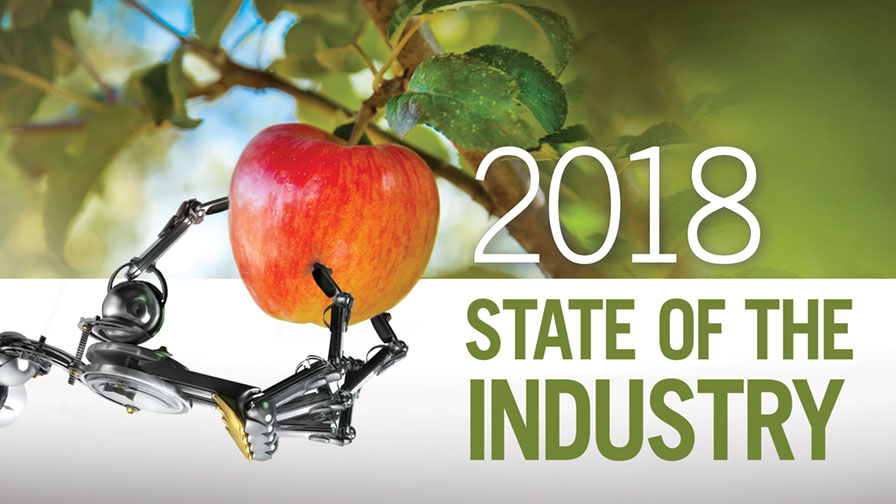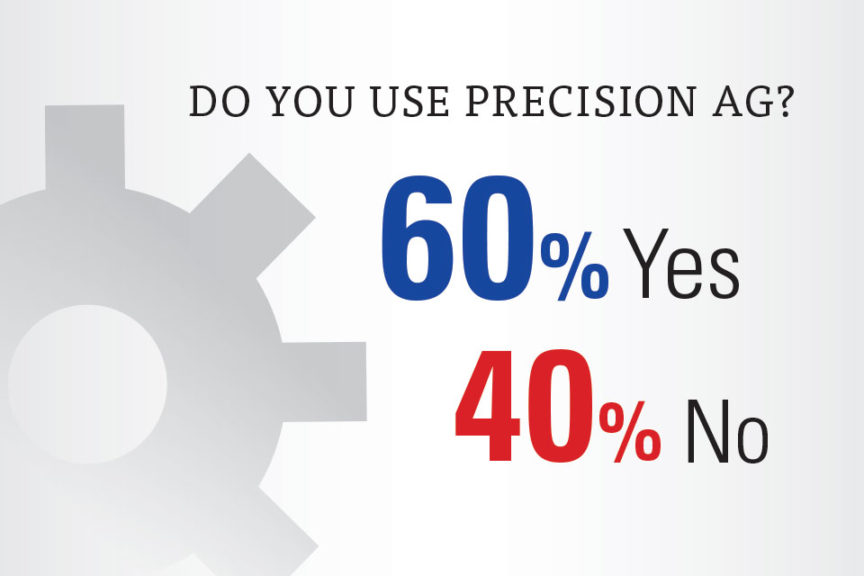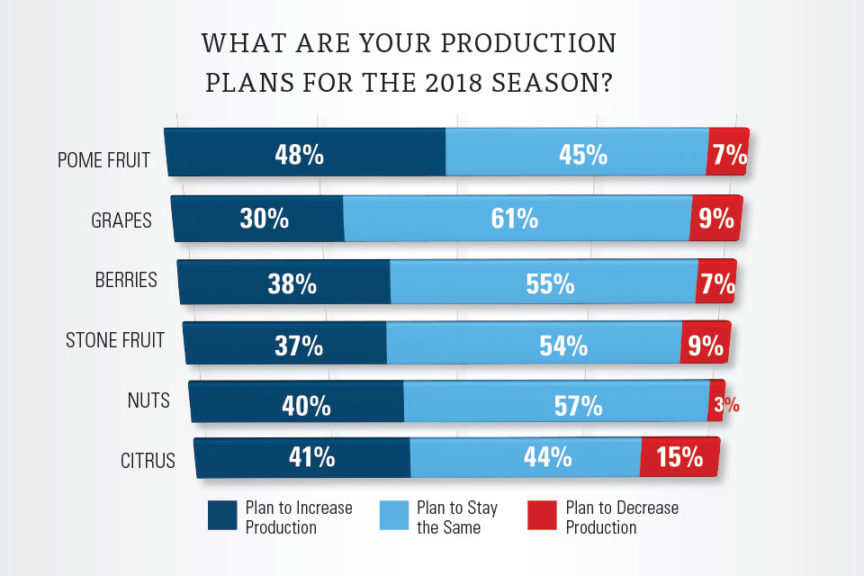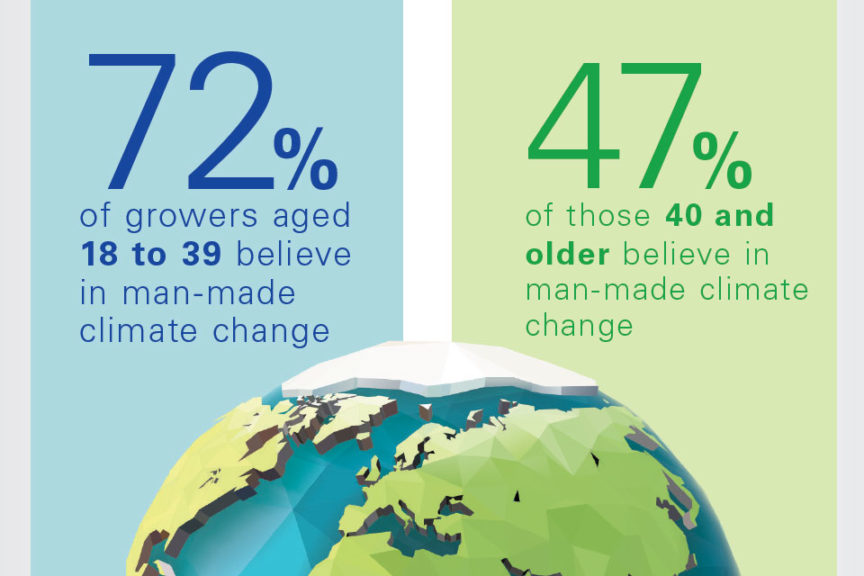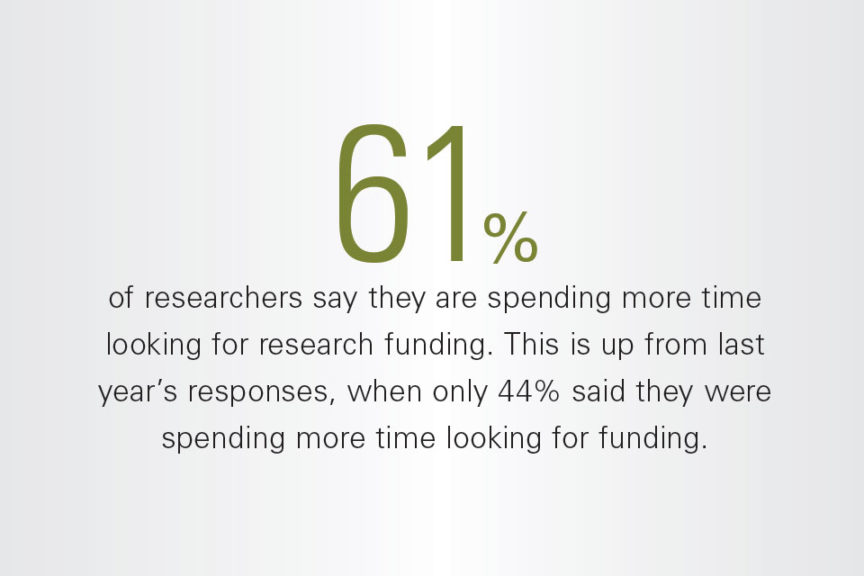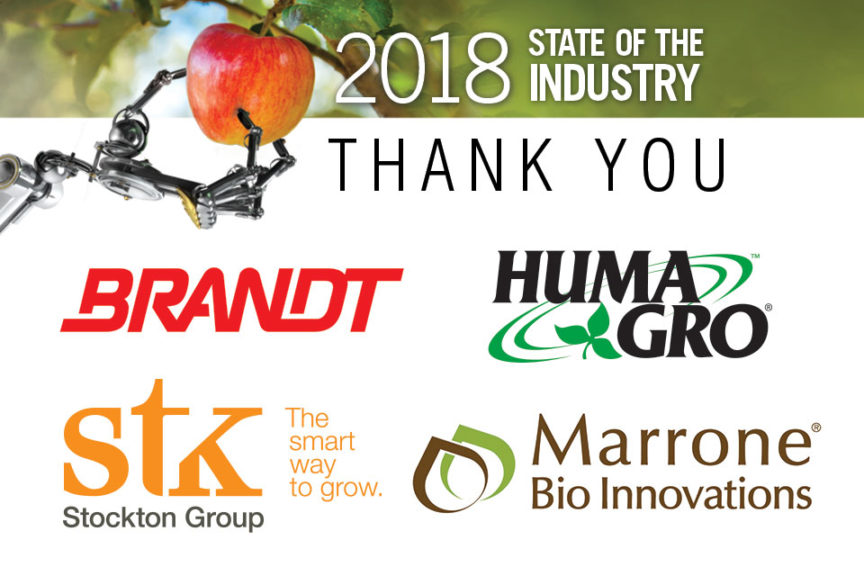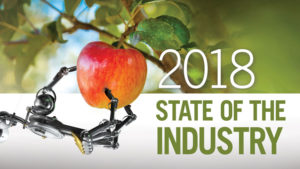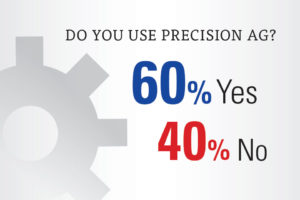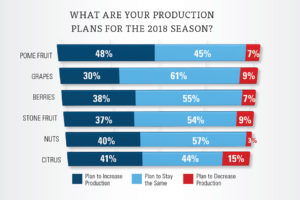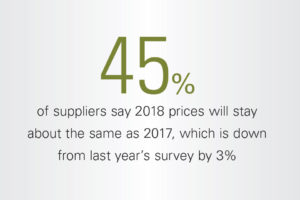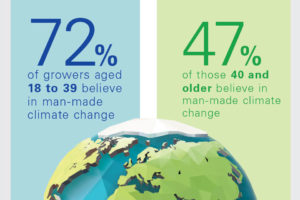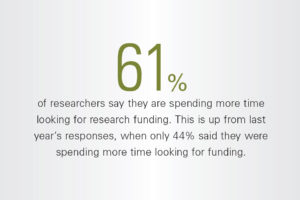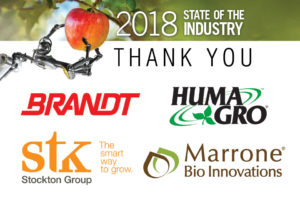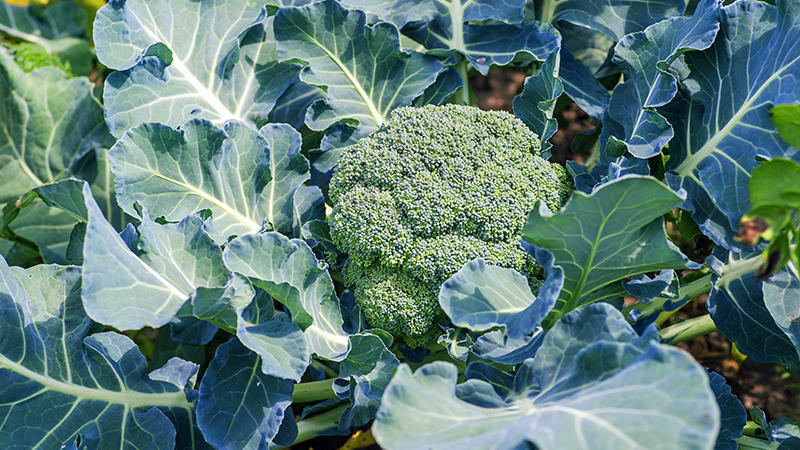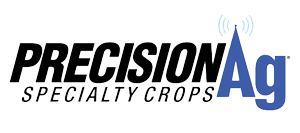Growers Say Precision Agriculture is Changing the Way They Farm
At first glance, it appears little has changed in the U.S. fruit industry as we enter a new year. But look just below the surface, and change — a shift in the very nature of how we farm — is occurring.
These are the chief takeaways from American Fruit Grower® and Western Fruit Grower® magazines’ third annual State of the Industry survey. Again this year our survey elicited a warm response, as a total of 699 growers, researchers and allied industry members such as vendors, suppliers, and distributors weighed in. More than two-thirds are involved in production; 510 growers or grower/packers weighed in with their insights.
We’ll present what’s on the minds of your industry counterparts regarding the State of the Industry. You’ll hear from not only growers but suppliers and researchers. And we’ve got separate reports on all of the major crop categories.
Interestingly, the results of this year’s State of the Industry survey were remarkably similar to those from both the 2016 and 2017 surveys, at least in terms of production plans. About half plan on similar production for the coming year, with about 40% or so looking to expand acreage, and close to 10% scaling back in 2018.
A new question in the survey this year was asking if growers use precision agriculture — i.e. irrigation sensors, weather forecasting, data gathering or many of the smartphone farming apps. A solid majority, 60%, said they do. Asked for what drove that decision to implement precision agriculture technology, the answers could be summed up with two words: Saving money.
One Western almond and walnut grower said simply, “To get as much information as possible to make better decisions.” As for how he gets the information: “We use satellite imagery now and who knows what next.”
The term “cutting edge” was repeated by numerous growers, who really have the simple desire to have a leg up on the competition. “The ability to have a ‘knowledge advantage” when it came to decision making,” was how one Midwestern grower of a number of different types of fruit put it.
Boosting production was one of the best things growers said they did to improve profits in 2017, with others mentioned including increasing quality, changing varieties, scrutinizing input costs, and utilizing mechanization. Said one Western grape grower: “We continue to mechanize and invest in equipment that increases efficiency/throughput.”
Besides mechanization, growers cited several other uses of precision agriculture in our State of the Industry survey:
Weather — “Weather is our biggest variable in grape growing, to better understand its patterns and how we can react to disadvantages puts us ahead of the curve,” says a Northeastern winegrape grower.
Record-Keeping — “Managing spray records, accurate weather stations to manage wind machines and pesticide applications,” said a Midwestern direct market grower of a wide variety of fruit, a wit who said the best thing he did to improve profits in 2017 was “avoid hail.”
Water — “More knowledge of rain amounts, ground temps, so we know when to irrigate and plant,” says a Northeast direct marketer of fruits and vegetables.
Many other reasons for implementing precision agriculture were mentioned: Global GAP, labor, harvest timing, etc. But when you get down to the basics, while it may seem like a complicated topic, the object is simple. It didn’t matter how many acres farmed, what part of the country, even the crop. Here are a few motives cited by growers in our State of the Industry survey.
A Northeast direct marketer of a wide variety of fruits and vegetables said it boiled down to “wanting to do the best that I can do.”
Said a Western direct market grower of olives for oil: “Producing a better product for fewer dollars.”
A Midwestern grower of peaches and managed apple varieties said he had a “desire to try to use all the tools at my disposal to maximize profit.”
But the most succinct of all responses came from a Western walnut grower, who replied simply: “$.”
What’s Ahead For 2018?
We asked our Editorial Advisory Board members for their takes not so much for the State of the Industry, but what we might see in the fruit and nut industry this coming year.
Kevin Moffitt, President and CEO, Pear Bureau Northwest, Milwaukie, OR: Big changes lie ahead on the retail front, as there will be more aggressive openings of limited assortment stores such as Aldi and Lidl. Many people are watching Lidl closely to see if they can adapt to and succeed in the U.S. market or not. Amazon will be aggressive in their vision for Whole Foods and it will most likely be very disruptive to many retailers. Online shopping will continue to gain steam. Click and collect will grow fastest within this realm. Meal kits will evolve and continue to be popular with more stores partnering to sell them in store or developing their own kits. Expect another big retail merger in the next 12 to 18 months.
Mario Miranda Sazo, Cornell University Extension Specialist, Newark, NY: More university researchers, tree fruit specialists, venture capitalists, consultants, and innovative growers will bring Precision Orchard Management (POM) to the forefront in 2018 and beyond. We recently measured this strong interest through an online survey of apple growers about POM. This nationwide effort was led by colleagues Dave Brown and Karina Gallardo from Washington State University. We got 101 responses from New York (42), Michigan (16), Oregon (4), and Washington (39). Respondents not only represented a diverse range of apple production areas in these states, but also a wide range of orchard sizes, from 15 to 1,000 acres. More than 65% of respondents are considering investments in precision agriculture technologies in the next few years.
Richard Matoian, Executive Director, American Pistachio Growers, Fresno, CA: With the economy improving in the U.S. and with the middle class continuing to grow in many parts of the world — combined with the recognition of tree nuts as a good source of plant-based protein (as compared with animal-based protein) — many more consumers will look to purchase tree nuts, and total nut consumption will continue to increase.
Jon Clements, University of Massachusetts Extension Educator, Belchertown, MA: The new apple variety bandwagon will begin to slow. Winners and losers will emerge. ‘Cosmic Crisp’ will play a role. Buying habits of large retailers are changing, and food safety, buy local, and eco-grown are where it’s at. If you are not playing that game, or at least giving the perception that you are, you will be left behind.




